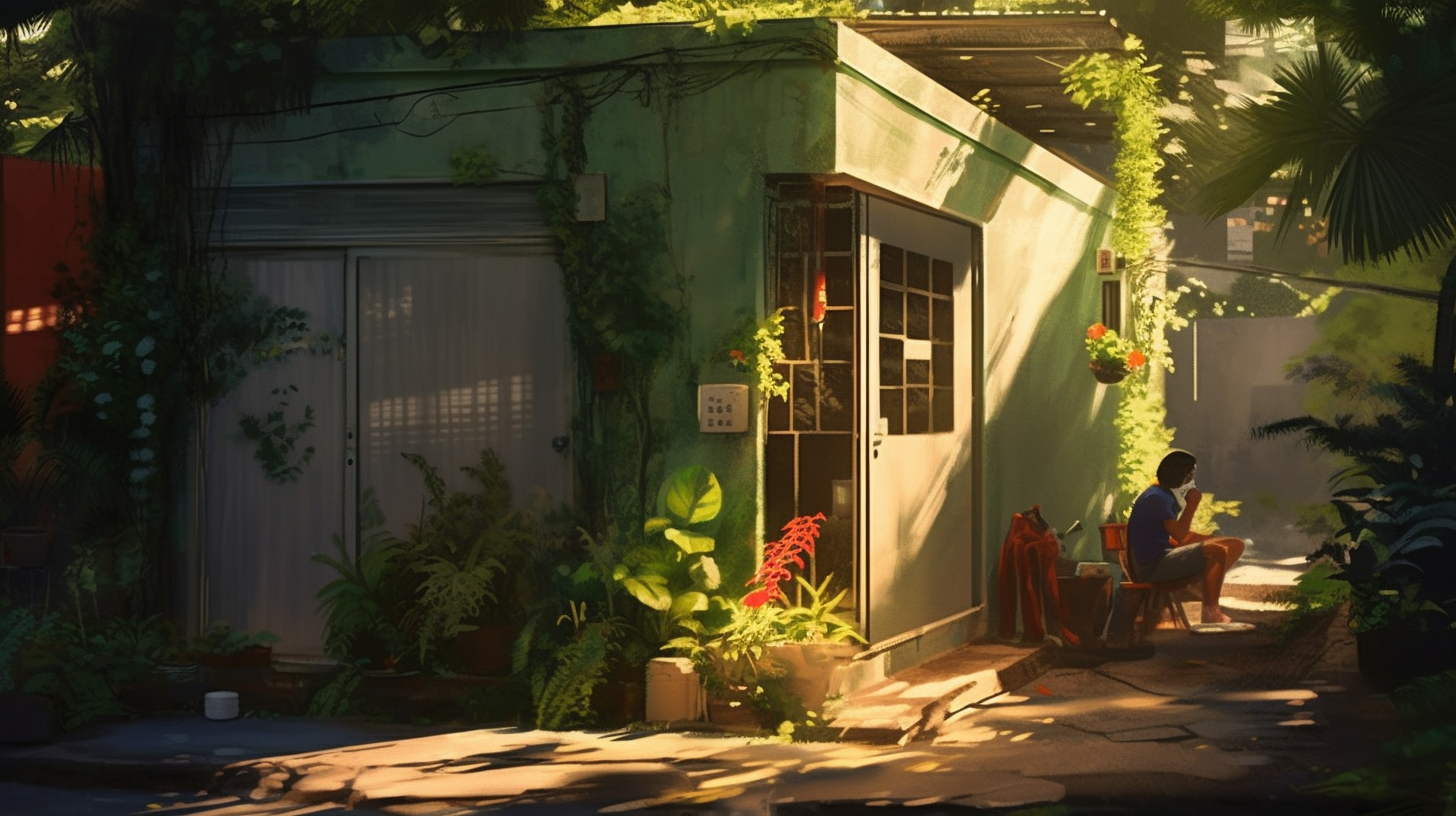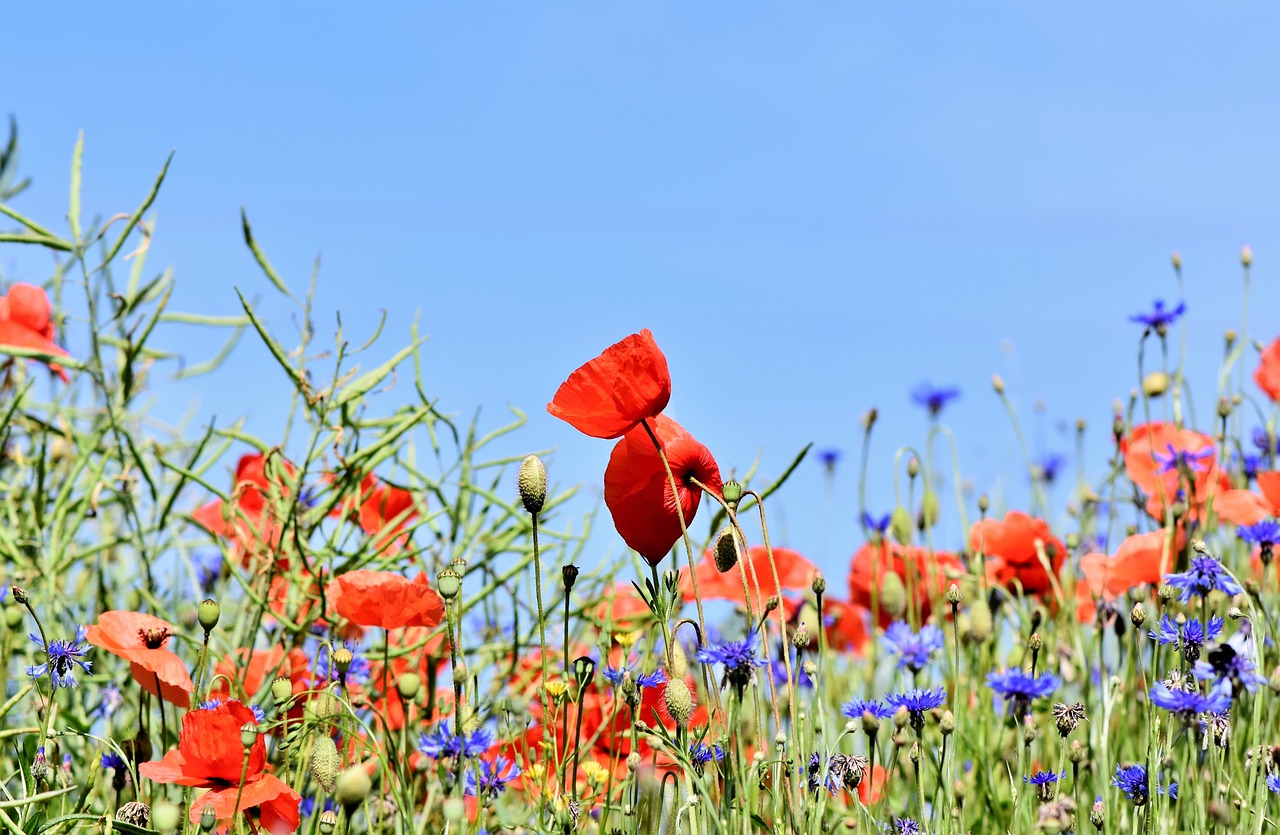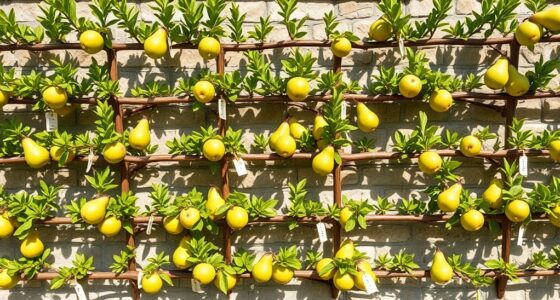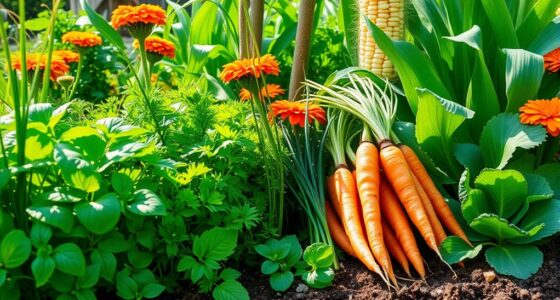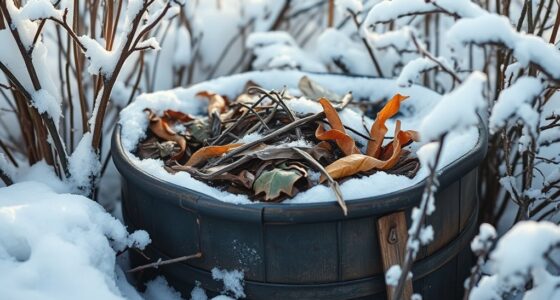Nature In Your Tiny Home: Benefits Of Plants & How To Incorporate Them
Imagine living in a small home surrounded by lush greenery, breathing in the fresh, oxygen-filled air, and appreciating the beauty of nature. Despite seeming too small for plants, tiny homes can be transformed into green sanctuaries.
Incorporating plants in your tiny home can improve your living space and provide numerous benefits for your health and the environment. Living in a tiny home can be challenging, especially when it comes to space and air quality. However, plants can be a solution to these challenges.
They not only purify the air but also add a touch of natural beauty to your home. This article will explore the benefits of plants in tiny homes, ways to incorporate them, and low-maintenance plant options. We will also provide tips for creating a nature oasis in your tiny home, which can ultimately improve your overall well-being.
With the right knowledge and approach, you can make space for nature in your tiny home and experience the rewards it has to offer.
Key Takeaways
- Incorporating plants in tiny homes can improve air quality, add natural beauty, reduce stress, and promote relaxation and overall well-being.
- Maximize natural light, choose compact and efficient planters, utilize vertical space, and opt for low-maintenance plant options when incorporating plants in tiny homes.
- Low-maintenance plant options include succulents, spider plants, peace lilies, and Boston ferns.
- Plants can provide solutions for challenges faced in living in tiny homes such as improving air quality, adding aesthetic appeal, and providing benefits to overall health and well-being.
Improving Living Space
The incorporation of plants in tiny homes can improve living space by enhancing air quality, adding aesthetic appeal, and providing benefits to overall health and well-being.
Maximizing natural light is crucial when incorporating plants in tiny homes. Plants require sunlight to thrive, and it is essential to choose the right location for them within the home. Placing plants near windows is an excellent way to ensure they receive enough sunlight. Additionally, installing mirrors near plants can help reflect sunlight and maximize the amount they receive.
Choosing the right planters is also essential when incorporating plants in tiny homes. Due to limited space, it is crucial to choose planters that are compact and efficient. Hanging plants and wall-mounted planters are excellent options for those with limited floor space. Utilizing vertical space can also provide more room for plants while maximizing living space. Choosing planters that are easy to move and rearrange can also provide flexibility when needed.
By incorporating plants into tiny homes and maximizing natural light and choosing the right planters, living space can be improved significantly.
Incorporating Plants in Small Spaces
Surprisingly, even the tiniest of spaces can accommodate greenery with a bit of creativity and resourcefulness.
Vertical gardening is a popular technique for incorporating plants in small spaces. This method involves planting in upward direction, using walls, railings, and shelves as support.
DIY planters can be easily made from recycled materials such as tin cans, mason jars, and wooden boxes. These planters can be hung on walls or placed on high shelves to maximize space.
Additionally, porch space can be utilized for plants and flowers, adding natural beauty and fresh air to your tiny home. Incorporating plants in small spaces not only adds aesthetic appeal but also has numerous benefits.
Plants improve air quality and reduce toxins, making them ideal for tiny homes with limited ventilation. They also help reduce stress, promote relaxation, and improve overall well-being.
Vertical gardening and DIY planters are low-cost and low-maintenance ways to incorporate plants in tiny homes, making it possible for anyone to have their own nature oasis. With a little creativity and resourcefulness, even the smallest of spaces can be transformed into a green haven.
Low-Maintenance Plant Options
Low-maintenance plant options for small spaces can enhance vertical gardening and DIY planters. While plants are beneficial for overall health and well-being, not everyone has the time or energy to care for high-maintenance flora. Low-maintenance plants are the perfect solution for those who want to enjoy the benefits of greenery without the hassle.
When it comes to plant placement in tiny homes, low-maintenance options such as succulents, spider plants, peace lilies, and Boston ferns are ideal. Succulents are known for their ability to thrive in dry conditions and require minimal watering. Spider plants are easy to care for and help purify the air. Peace lilies are a great choice for low-light areas and can improve indoor air quality. Boston ferns are another low-maintenance option that adds a touch of elegance to any space.
Incorporating these low-maintenance plants can enhance the aesthetic appeal of a tiny home while also providing the benefits of greenery.
Frequently Asked Questions
What are some popular ways to DIY planters for tiny homes?
When it comes to DIY planter ideas for tiny homes, there are a variety of creative solutions available. One option is to repurpose old containers, such as jars, cans, or baskets, and turn them into unique planters.
Another idea is to use hanging planters, which can be made from macrame or repurposed materials like bottles or tea cups. Vertical gardens are also a popular choice for tiny homes, using shelving or pallets to create a living wall of plants.
When designing DIY planters for tiny homes, it’s important to consider the space available and the types of plants that will thrive in that environment. It’s also a good idea to incorporate sustainable materials and methods, such as using recycled materials or creating a self-watering system.
With a little creativity and planning, it’s easy to add greenery to a tiny home and create a nature oasis.
Can plants in tiny homes help with air purification?
Plants have been known to purify indoor air by removing harmful pollutants and releasing oxygen. This air purification benefit is one of the many advantages of incorporating plants into tiny homes.
Indoor gardening techniques such as using low-maintenance plant options like succulents, spider plants, peace lilies, and Boston ferns and optimizing vertical space by hanging plants on walls or placing them on high shelves can help to improve air quality.
However, it is important to note that plants still require sunlight and proper placement for minimal care. Therefore, research on plant size before choosing for decor is crucial.
In summary, incorporating plants in tiny homes can provide air purification benefits, but it is essential to use indoor gardening techniques to optimize their growth and maintenance.
What are some alternative options for those who do not have access to outdoor space for plants?
For those who do not have access to outdoor space for plants, indoor gardening and container gardening are great alternatives.
Indoor gardening refers to growing plants within your home, while container gardening refers to planting in containers such as pots, baskets, and raised beds.
With indoor gardening, you can utilize windowsills, shelves, and other vertical spaces to grow plants. Container gardening allows for flexibility in terms of placement and can be easily moved around for optimal sunlight exposure.
It is important to choose plants that are suitable for indoor and container gardening, such as herbs, small vegetables, and dwarf varieties of trees and shrubs. Proper care and maintenance, including watering, fertilizing, and pruning, are also crucial for the success of indoor and container gardening.
Are there any plants that are known to repel insects and pests in a tiny home setting?
Plants have been known to provide numerous benefits, including improving air quality and promoting relaxation, in addition to their aesthetic appeal. However, some plants can also serve as natural repellents for common pests like mosquitoes and flies. Natural repellents such as citronella, basil, and peppermint have been shown to be effective in keeping these pests away.
To prevent pest problems in a tiny home setting, it is important to choose the right plants and place them strategically. For example, placing citronella or basil near windows or doors can help keep insects from entering. While natural repellents can be effective, it is important to note that they may not completely eliminate pests and should be used in conjunction with other prevention tips such as keeping a clean living space and sealing any gaps or cracks where pests can enter.
How can plants in tiny homes contribute to mental health and wellbeing?
The benefits of greenery on mental health and well-being have been well documented in scientific studies. Exposure to natural environments has been associated with improved mood, reduced stress, and increased cognitive function.
Plants can contribute to these positive effects by providing a natural and calming atmosphere within a tiny home. In addition, proper placement of plants can allow natural light to enter the living space, which has also been shown to have positive effects on mental health and well-being.
Therefore, incorporating plants into a tiny home can have significant benefits on mental health and overall well-being.
Conclusion
Living in a tiny home can be challenging, but incorporating plants can improve your living space and overall health. Plants provide numerous benefits, such as purifying the air, reducing stress, and providing home-grown food.
This article explored the benefits of plants in tiny homes, ways to incorporate them, and low-maintenance plant options. Incorporating plants in small spaces can be challenging, but there are many creative ways to do so. Vertical gardens, hanging baskets, and window boxes are just a few examples. Low-maintenance plant options, such as succulents and air plants, are also great choices for tiny homes. With proper care, these plants can thrive in small spaces and provide numerous benefits.
In conclusion, incorporating plants in your tiny home is a great way to make space for nature and reap the rewards. Plants can enhance your overall well-being by improving your living space, reducing stress, and providing home-grown food. With the right knowledge and approach, you can create a nature oasis in your tiny home and enjoy the beauty and benefits of nature.
So, go ahead and add some greenery to your tiny home and start reaping the rewards today!
Hi, I’m Emma. I’m the Editor in Chief of Tiny House 43, a blog all about tiny houses. While tree houses are often associated with childhood, they can be the perfect adult retreat. They offer a cozy space to relax and unwind, surrounded by nature. And since they’re typically built on stilts or raised platforms, they offer stunning views that traditional homes simply can’t match. If you’re looking for a unique and romantic getaway, a tree house tiny house might just be the perfect option.
